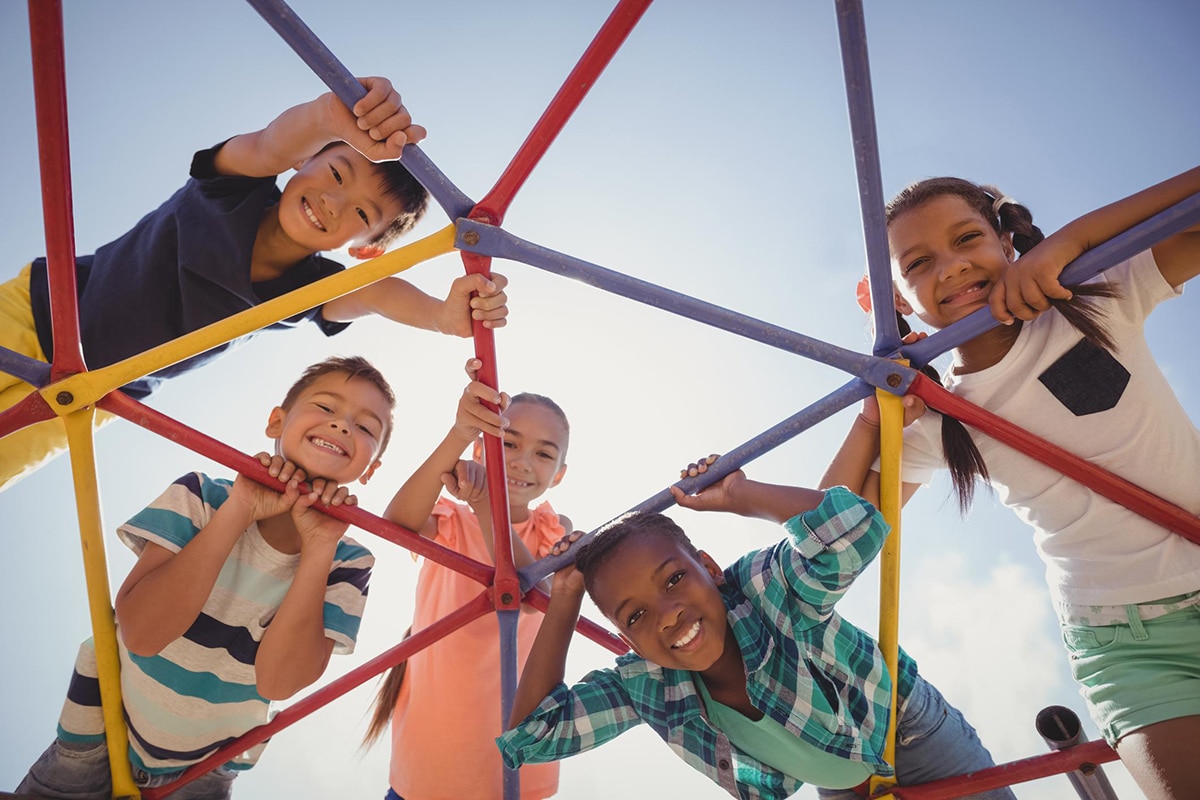Eight Facets Of A Successful School Health Program
April 22, 2020

What Makes A Successful School Health Program?
Is it a robust health education curriculum? Nutritious lunches and snacks? An energetic P.E. instructor? What all goes into making a successful school health program or what makes a school healthy in general?
The answer These all play a role in shaping a healthy school. However, there’s more to the picture.
Healthy children are more likely to become healthy learners. The successful development of the areas listed below contributes to the overall health of students.
For reference, we’ve also included some standard program elements for each, along with additional support examples.
- Comprehensive school health education: More than just “health class”, a strong age-adjusted academic program should address not just your child’s physical health, but also their mental, emotional, and social health. And not just for today either; the ideal goal is for your child to develop & maintain a full range of healthy behaviors.
- Standard: skills-based health education curriculum (pre-K-12).
- Additional: speakers from community agencies, Red Ribbon Week/World AIDS Day activities.
- School health services: Sure, the nurse should be available to administer your child’s meds or check their vitals if they’re not feeling well. Beyond that, a solid school health program should work hand-in-hand with students’ families and doctors to help establish and maintain good health/prevent health problems and injuries.
- Standard: school health center, computerized student health records.
- Additional: district-wide health services/screenings, health fairs.
- Physical education: It’s not all “Drop and give me 20!” A well-planned PE curriculum should spark a lifelong interest in physical activity for your child. Added bonuses: social and emotional development through participation in team activities and a focus on self-improvement and goal-setting.
- Standard: physical education curriculum (pre-K-12), physical fitness testing.
- Additional: Jump Rope for Heart, Let’s Move!, partnerships with local fitness clubs.
- School nutrition services: Ah, memories of meatloaf and smiling ladies in hairnets… Today’s school cafeterias have evolved – integrating tasty, affordable, nutritious meals, nutrition education, and promotion of healthy eating behaviors for a lifetime.
- Standard: breakfast/lunch program reflecting USDA guidelines.
- Reminder: Some private schools might not participate in the federal lunch program and may not offer free or reduced lunches.
- Additional: menu planning courses in health education, vending machines with healthy snacks.
- Standard: breakfast/lunch program reflecting USDA guidelines.
- School counseling, psychological, and social services: As our world becomes more complex, so do the needs of our children. To meet those needs, today’s schools need to provide activities that focus on the cognitive, emotional, behavioral, and social needs of students and their families in order to enhance healthy holistic development.
- Standard: school health center, special education services.
- Additional: peer helper programs, support services for gay/lesbian youth.
- Family and community involvement in schools: PTO’s and so much more! It takes a village to raise a child, and today this village encompasses cooperative partnerships among schools, families, community groups, and community members.
- Standard: student assistance programs, volunteer opportunities.
- Additional: family peer educators, family ropes/wilderness courses.
- Healthy school environment: The best learning takes place in a safe, healthy setting. Not only should the physical building be safe and secure, but it also should be a thriving emotional and social setting that fosters learning.
- Standard: tobacco, alcohol, and other drug use policies, anti-bullying policies.
- Additional: police resource officers, crisis response teams.
- School-site health promotion for staff: Healthy students need healthy teachers! (and principals, and maintenance staff, and…you get the idea). Faculty who strive to be at the top of their game need access to assessment, education, and fitness activities.
- Standard: first aid/CPR training, sexual harassment/anti-bullying seminars.
- Additional: employee assistance program, stress management/weight management courses.
Enrolling Your Child In A Healthy School
Enrolling your child in a healthy school is important for both their physical and psychological health. So, take the above list as considerations to help you build the vision for what your family wants out of a school’s health program. Remember: finding the right school for your child starts by determining what’s important to you and what unique needs your child may have.